Continuing our Flower Power series….Lilac
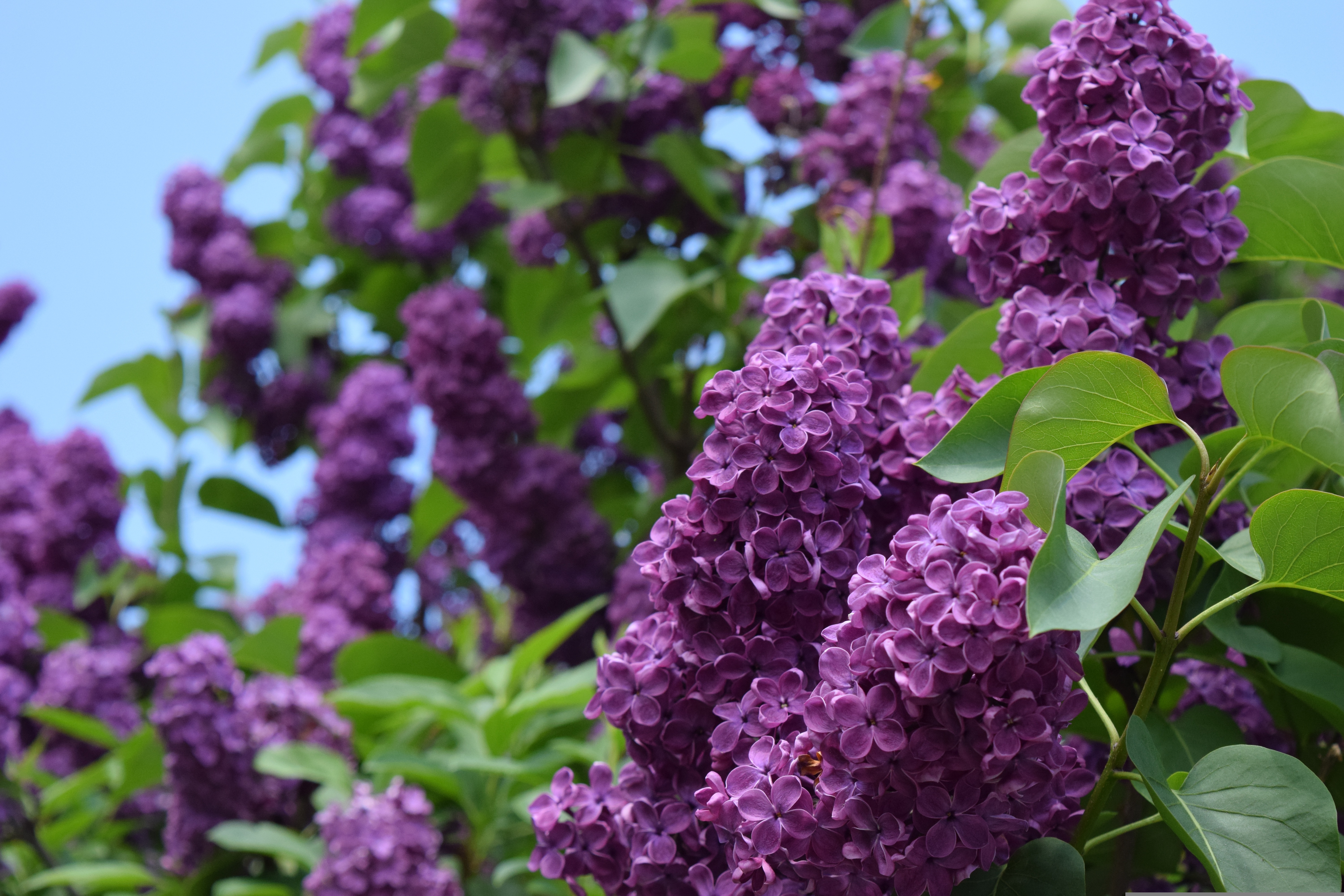
Lilac bushes (Syringa vulgaris) are truly lovely deciduous shrubs. They belong to the family Oleaceae, which also counts olive, ash and jasmine among its members. There are over 1,000 varieties of lilacs but they spring from just 12 original species. Lilacs are known as the “Queen of Shrubs” for their hardiness and the beauty of their blossoms (which is fleeting as the flowering only lasts about three weeks in the spring). Their distinctive nostalgic scent, used in soaps and perfumes, is stronger while in full sunlight.
The diminutive height of the lilac makes it an appealing shrub almost anywhere, in the front or back of a flower bed, as a feature or blended with other plants. On the other hand, there are lilac trees, such as the Peking lilac and Japanese lilac, which can grow over 30 feet high. Another plus is that once lilacs are established, they do not require much maintenance. They would be in need of water during drought conditions but otherwise just a bit of yearly pruning and fertilization.
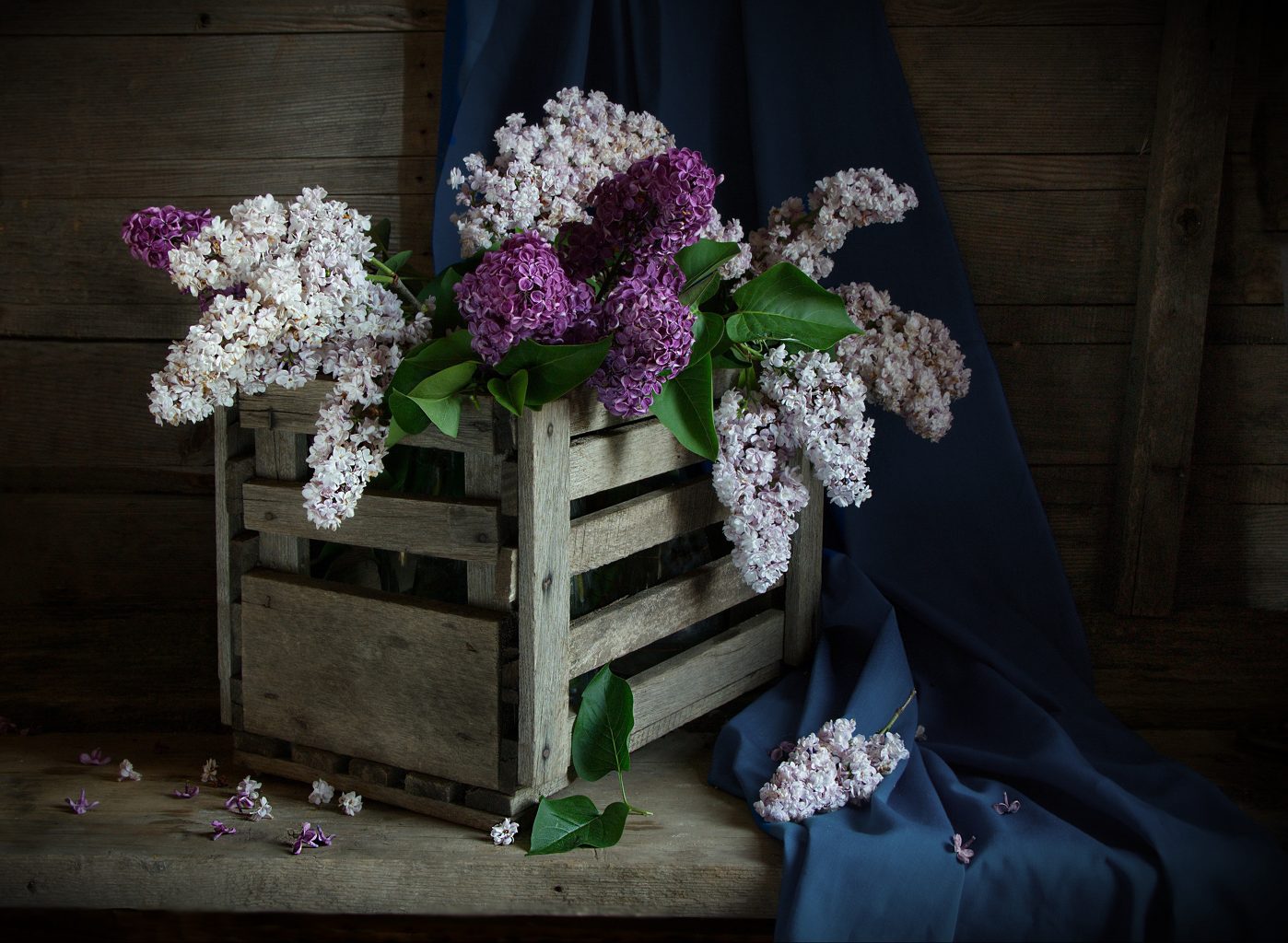
Syringa vulgaris (common lilac)is said to originate in the mountainous regions of southeast Europe, including Greece, the Balkans and Asia Minor. It is surprising to many people that lilacs are not native to North America.
Lilacs’ long history, thousand of years, lends credence to the fact it was likely used by ancient Romans and Greeks for medicinal purposes. In the 16th century the plants were said to have traveled via Ottoman traders from Asia to Europe so that by the 17th century they were popular, sometimes known as “Blew Pipeflower” in many English gardens. The first recorded mention of “lelacke” in English print was 1625. One of the first shipments of lilacs arrived in North America around 1750. As for Canada, the earliest known reference is from a personal letter from 1816 where the writer described the “white laylock” in her garden.
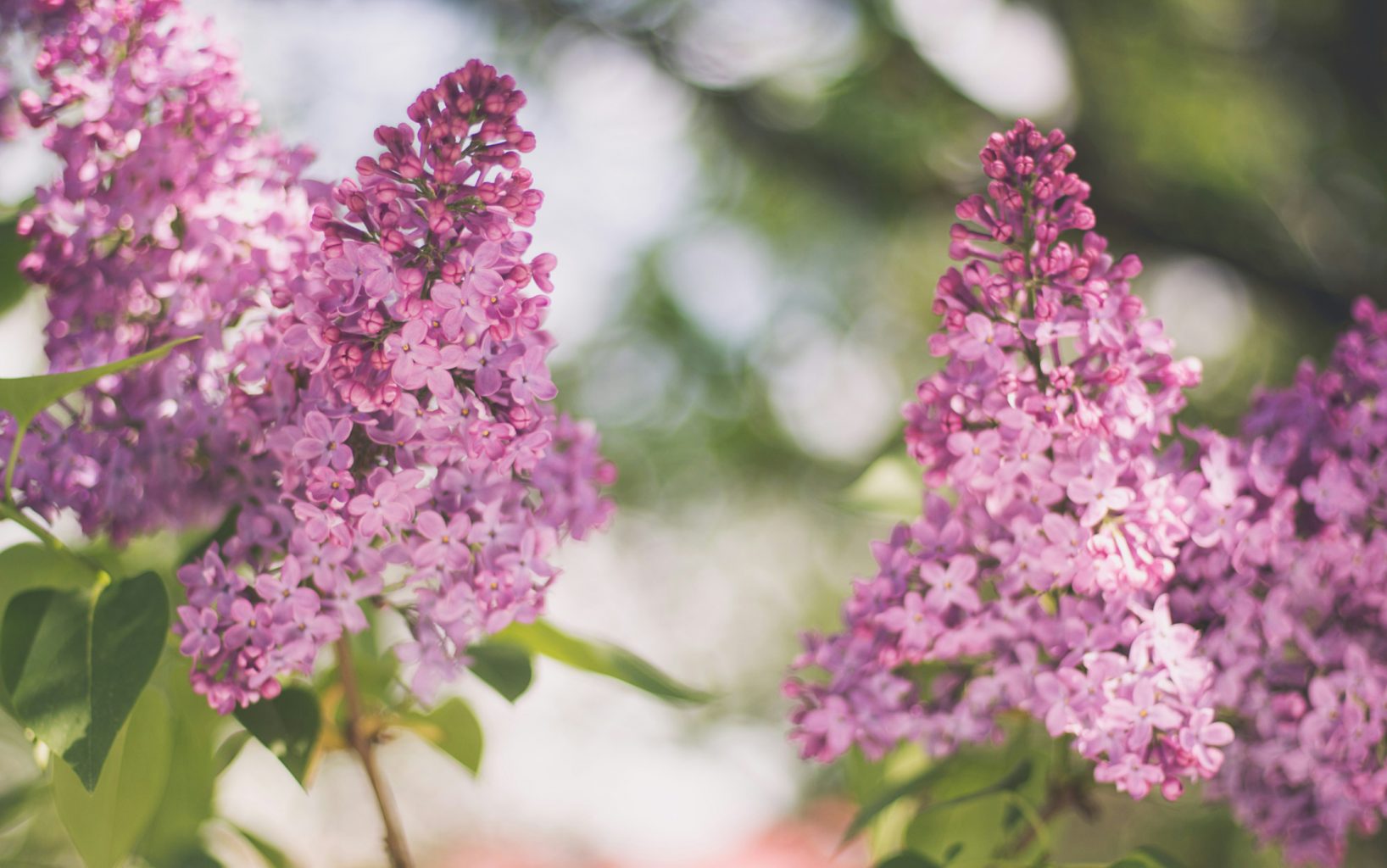
It is believed the name “lilac” was adapted from an old Sanskrit word “nilah” which referenced a dark blue color (typical of one of their local lilac flower colors). From there the name “lilac” arose, having its origin in Spain and France. The Persian and Arabic “lilak” (meaning bluish) is very similar.
The genus name Syringa was first published in 1753 by Carl Linnaeus. Syringa evolved from the ancient Greek word syrinx which means “pipe” or “tube”. The point of reference was that the hollow branches of the lilac branches resembled long pipes or tubes. Vulgaris is a Latin reference of something (such as this lilac species) being common or widespread.
The common purple lilac is featured in Greek mythology’s story of Pan, the god of forest and fields. Pan fell in love with a nymph named Syringa but she did not return his feelings. As Pan chased her through the forest one day, she turned herself into a lilac shrub to hide from him. Although he saw the lilac shrub, he did not realize it was her and ultimately took some of the branches to make the first “panpipe”.
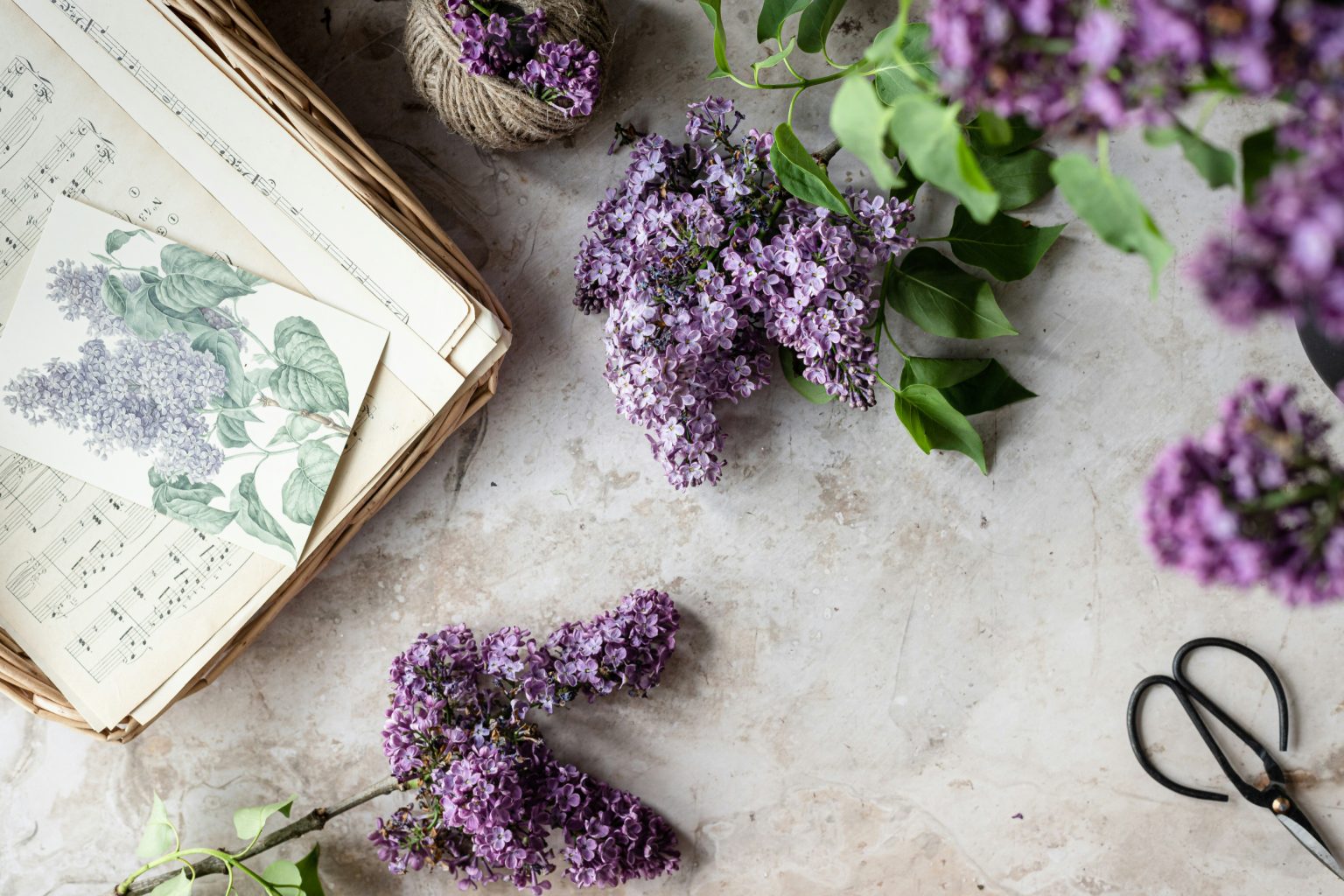
Some species of lilac flowers are apparently edible but one author found eating even a single lilac flower had an astringent, floral and edging-toward-bitter taste when freshly picked. They are perhaps better as garnishes, added to brown rice or salads, unless they are crystallized and used as candy on cookies or cakes. There are recipes for lilac tea, honey, jelly, syrup, wine, liqueur and ice cream for those who wish to experiment.
Lilac is said to be constitutionally cold, bitter and acrid. Utilizing these properties, herbalists find it useful for things like counteracting many digestive problems because the bitter properties stimulate the digestive juices. Early American herbalists used it to reduce fever because it is able to promote sweating. The sweating reduces core temperature which, in turn, assists the body to release its viral load and calm the immune system.
One herbalist makes a tea out of lilac flowers and stores it in a spray bottle. It is then used as a refreshing astringent for skin, soothing minor rashes or burns or as a clarifying hair rinse. Lilac, like all plants, has infinite possibilities for application.
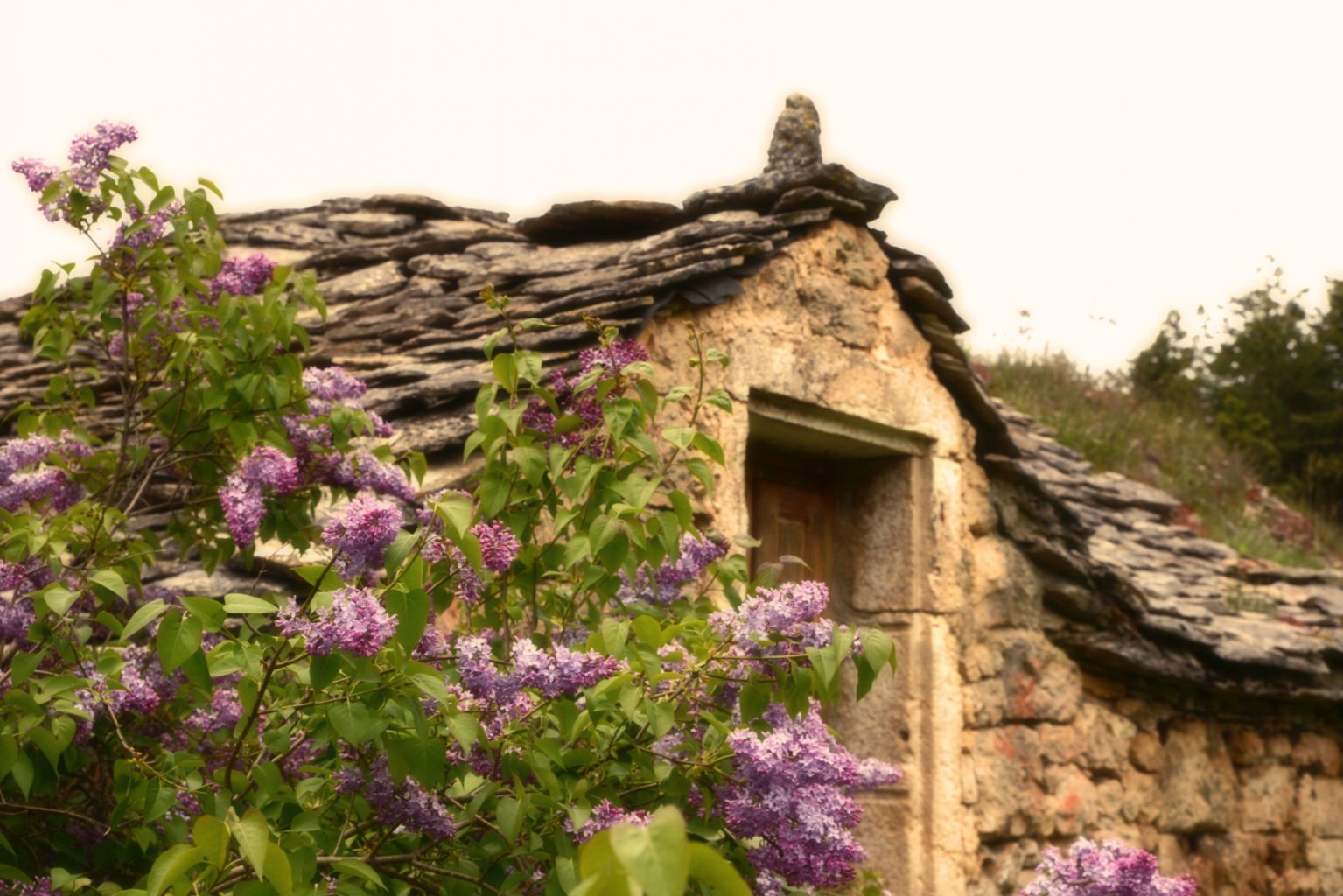
When the common lilac (Syringa vulgaris) arrived in France, they caught on and became hugely popular. They were so widespread and attentively cultivated, the resulting fine lilacs eventually became famous as “French hybrids”. Specifically, a breeder named Victor Lemoine and his sons produces 129 new cultivars of the common lilac from 1870 to 1955 but it should be noted that both Germany and Russia also had extensive breeding programs.
By the end of the 19th century, lilacs had fully entered the Canadian landscape and imagination. They were planted on farms all across the country. Unlike many species introduced to North America, lilacs are not prone to propagate easily in the wild. Thus, if you see a lilac shrub alone in a field, it is likely an abandoned homestead. Being long-lived, a hundred years, they often outlast the one who planted them.
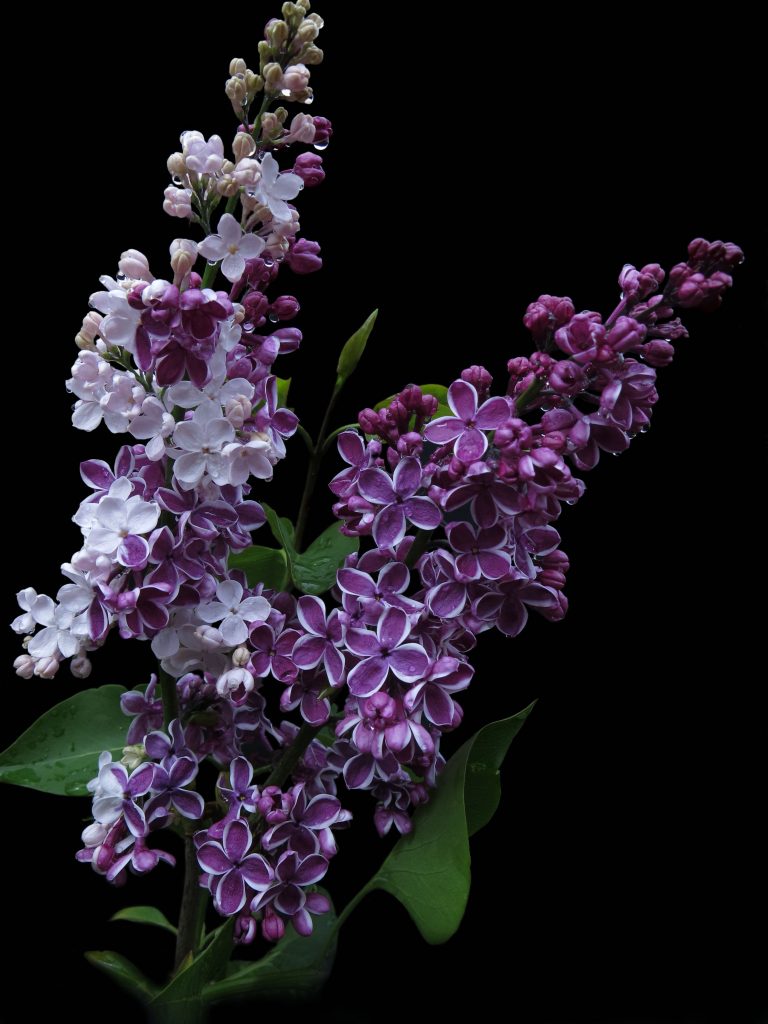
Lilacs became a symbol of spring and renewal because of their early blooms. Of course, different cultures attribute different meanings. The Celtics believed they were magic because of their sweet scent. There was a Russian tradition of holding a spring of lilac over a newborn so the child would be gifted with wisdom.
Despite not being native to North America, lilacs do hold a special place in the hearts of many. There is a sense of old-fashioned charm, of nostalgia, perhaps thoughts of an older relative or something left behind. Almost everyone has heard of lilacs!
